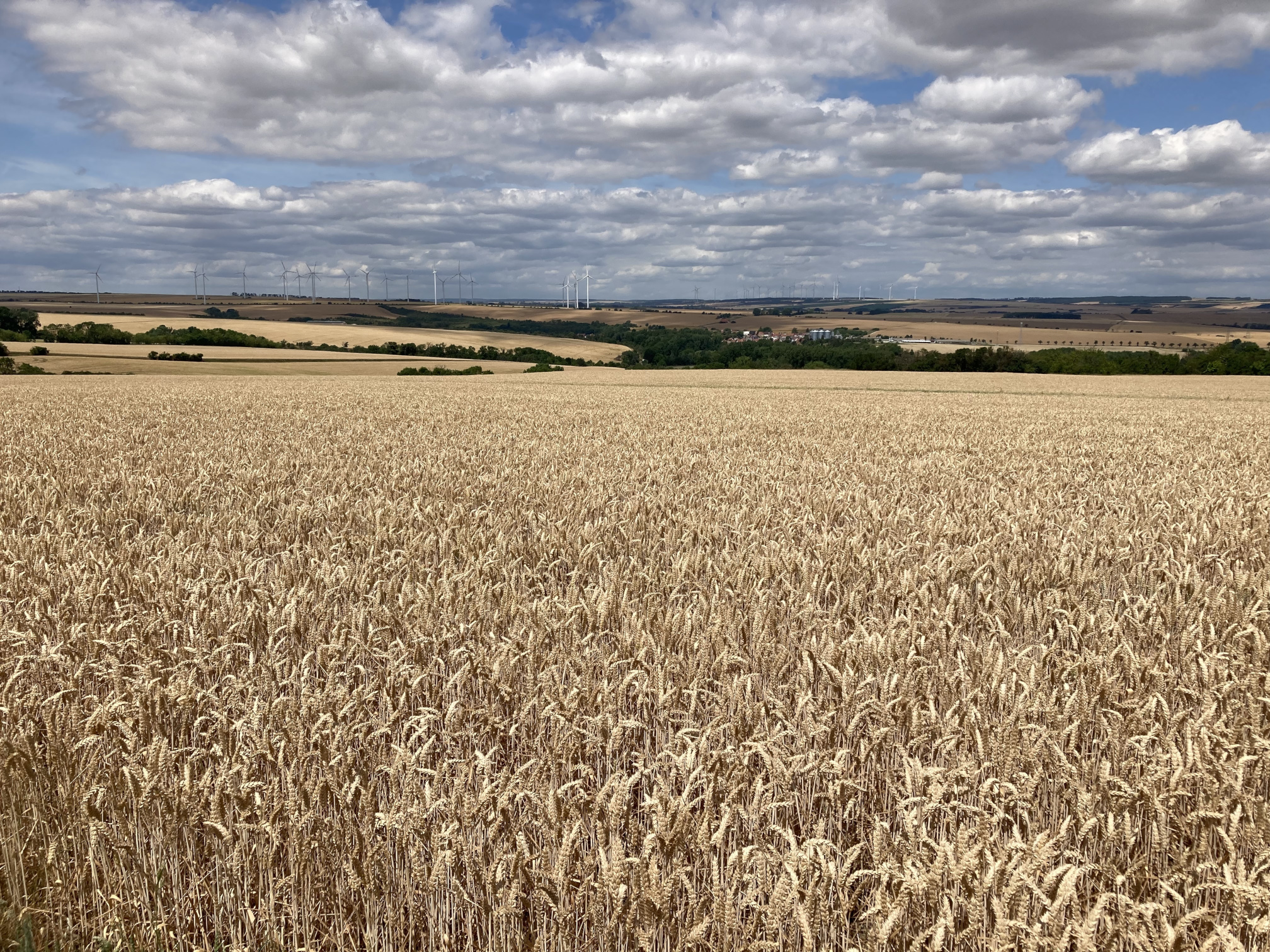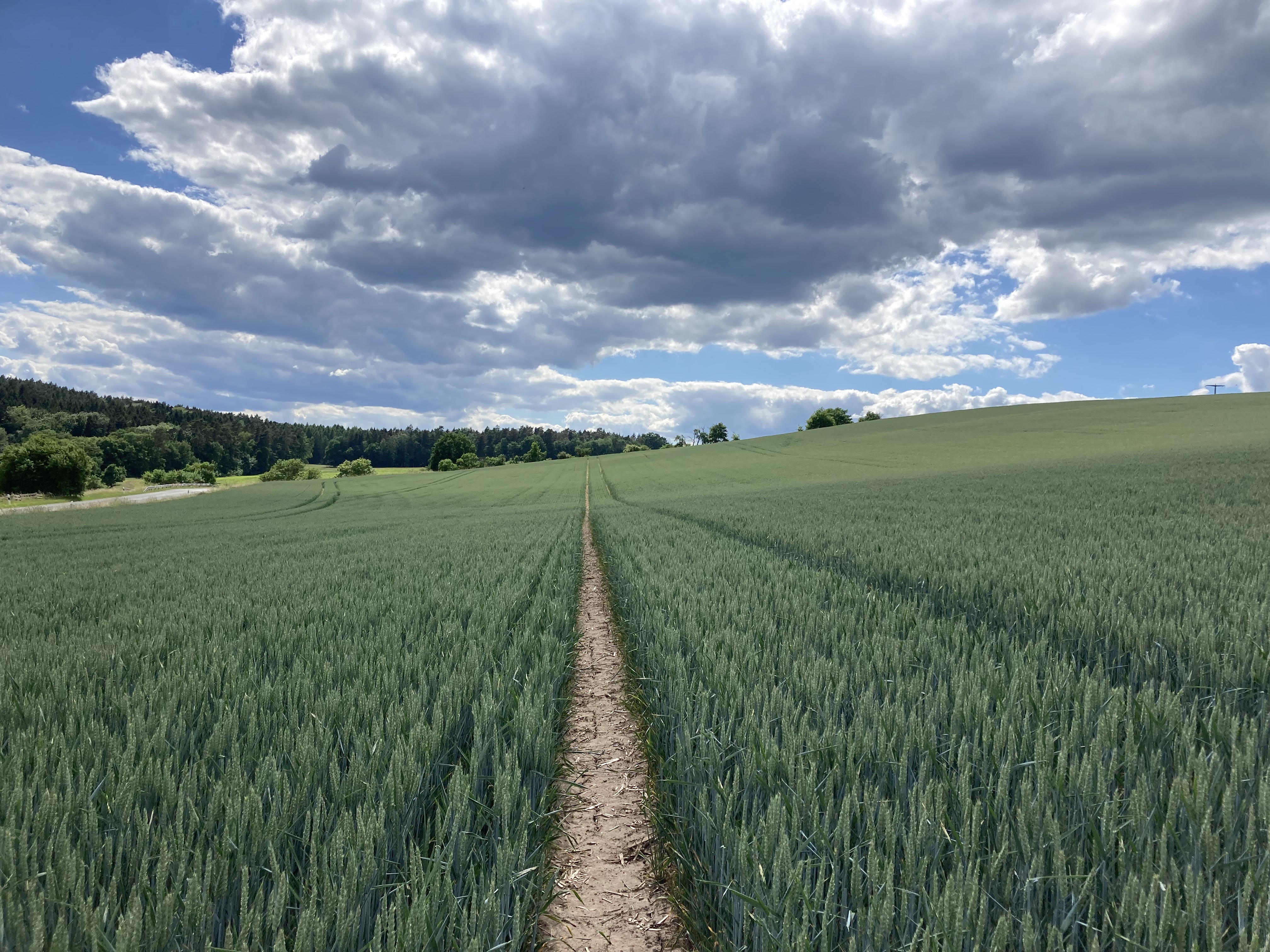Persefone.jl is a mechanistic model of social-ecological systems in agriculture
in Europe. It simulates agricultural practices, crop growth, and biodiversity at a
landscape scale.
Its aim is to help us:
- better understand biodiversity dynamics in agricultural landscapes,
- explore interactions between political, economic, and ecological processes,
- advise decision-makers on the (social-)ecological implications of policy choices.
To this end, Persefone.jl provides a collection of fully functioning farm, crop, and animal models that can be easily set up and configured for agroecological studies or policy impact assessments. It is also designed to be easily extensible, and offers an open-source platform that modellers can adapt to their needs, for example as a basis for new species models. The software is written in Julia for high performance.





